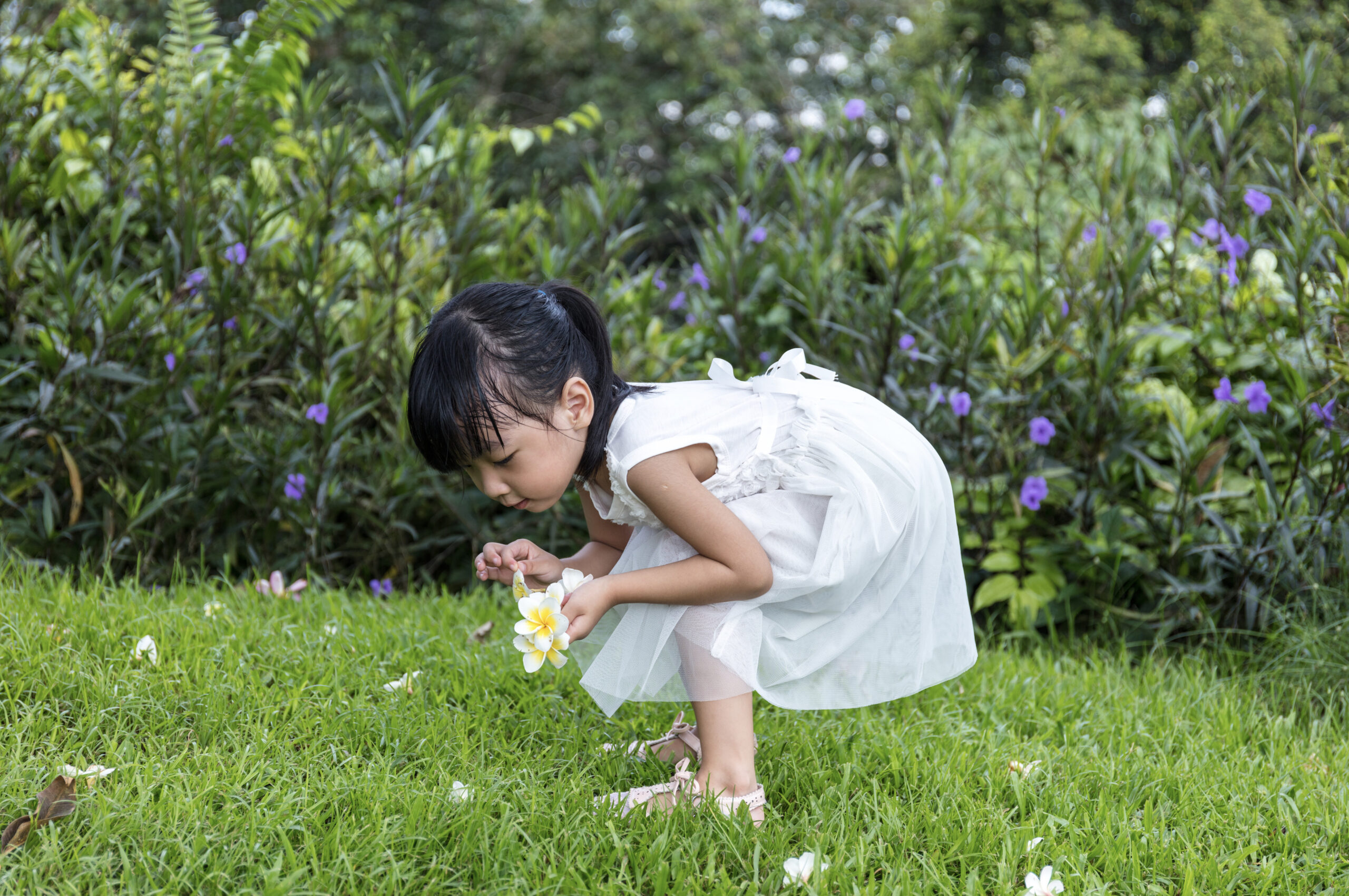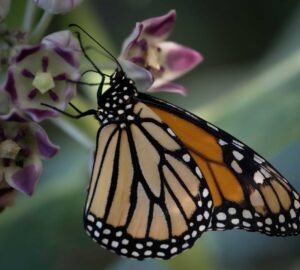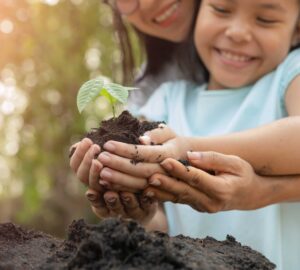
When it comes to appreciating the great outdoors, our role as adults in the lives of children is to help them love all the nuances of where we are. Children learn best when what they are being taught can be attached to something they already know. Prior knowledge is important in learning new things. These past experiences and understandings can provide the building blocks for concept development. Children learn in such a hands-on, concrete way, how can a child truly understand the concept of something like snow if they have not felt its cold, wet texture or heard it crunch beneath their feet?
So, what can we do differently? Place-based education is becoming much more common and highlights the one thing that we all share–where we are in time and space. Here in Hawai’i, we may not have snow or four distinct seasons, but we do have two. Wet and dry season. Or, Hooilo and Kau. Integrating these with children is easier than you think. For example, f a plumeria tree has only flowers, it must be the wet season. If it has lots of leaves and flowers, it must be the dry season. If a mango tree has flowers, it is the wet season. If it is fruiting, it is likely the beginning of the dry season. Observing these changes can help connect children to the passage of time in the same way that fall leaves and spring flowers do so on the mainland. A great book to get started with is “Sun and Rain” by Stephanie Feeney.
Connecting to the culture of where we are through stories is another way to focus on place-based learning. Here in Hawai’i, native plants often have origin stories that can be shared with children. No Ke Kumu ‘Ulu— the story of the breadfruit tree, for example, is the story of Ku and Hina. During a time of famine, there was no food. Ku told Hina he could provide food but if he left on this journey, he would not be able to return. She did not want him to go but they decided that he should. He went out into the yard, stood on his head, and disappeared into the ground. Hina sat next to where he had disappeared and cried. Where her tears fell, a tree sprouted. The first ‘Ulu tree.
This story not only speaks to the origin of the breadfruit but also to the value of kuleana. Ku had a responsibility to care for and nourish his family, and that is what he did. When baby ‘Ulu trees began to sprout, Hina shared them with her community. The breadfruit then became a staple food and nourished the Hawaiian people. This is just one, very simplified, story of many!
When it comes to learning in the outdoors, we can go beyond simply appreciating nature and help our children to truly connect to the land on which we live. When we learn more, we care more.
Gemma Nicholl Medina, M.Ed., ECE Instructor, UH Maui College



